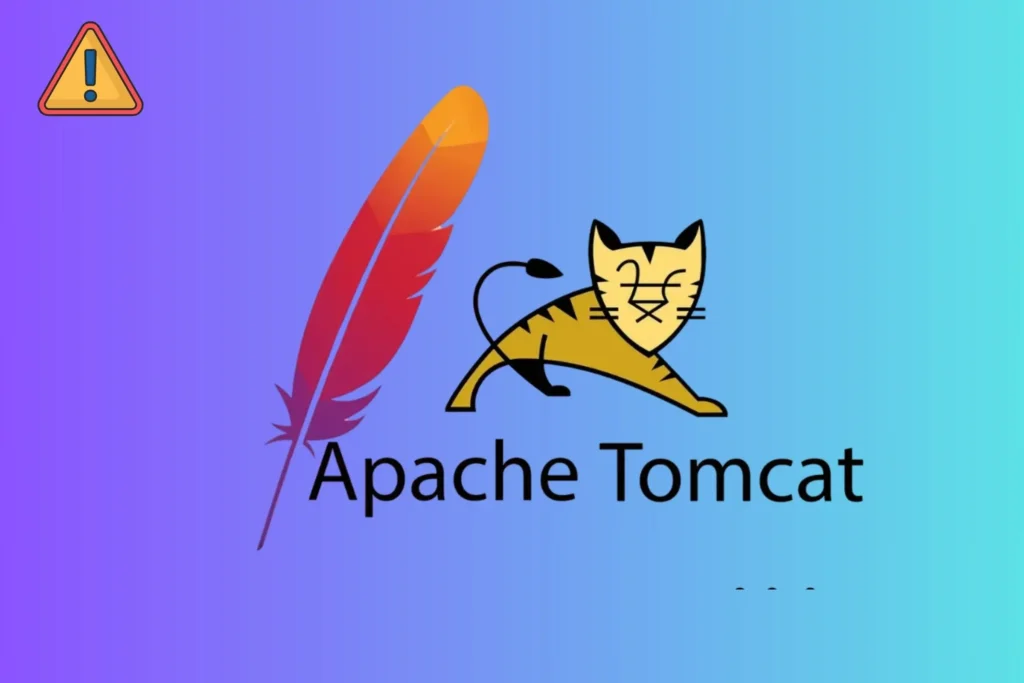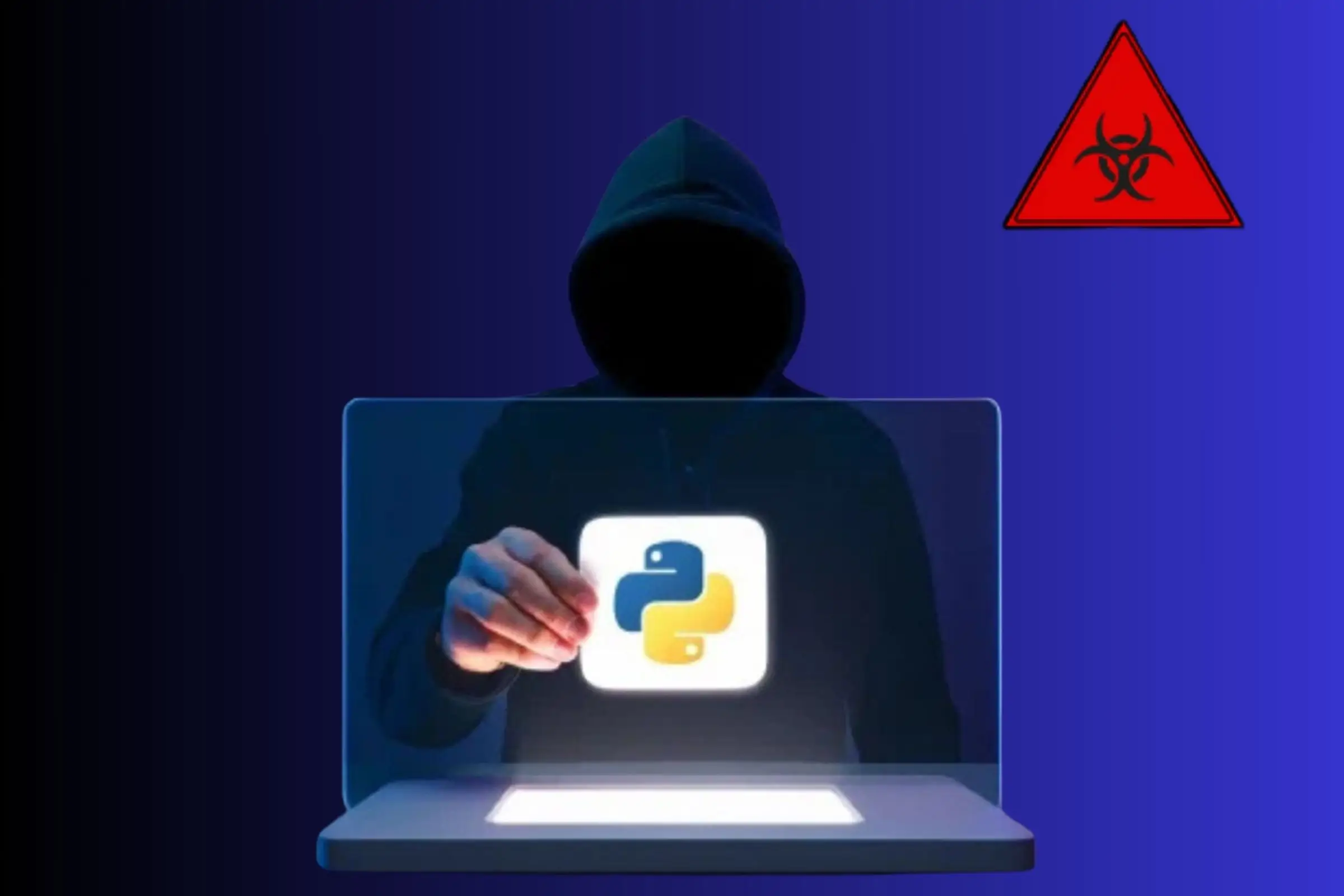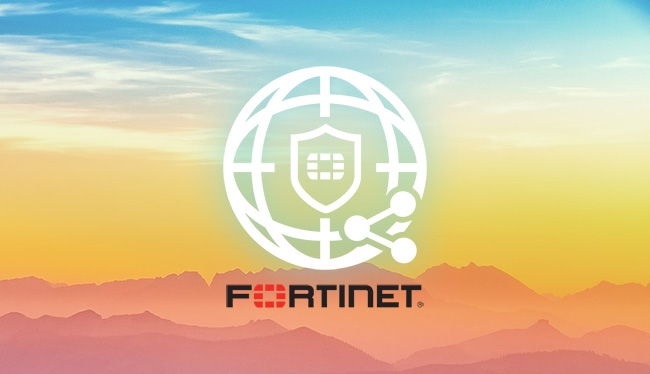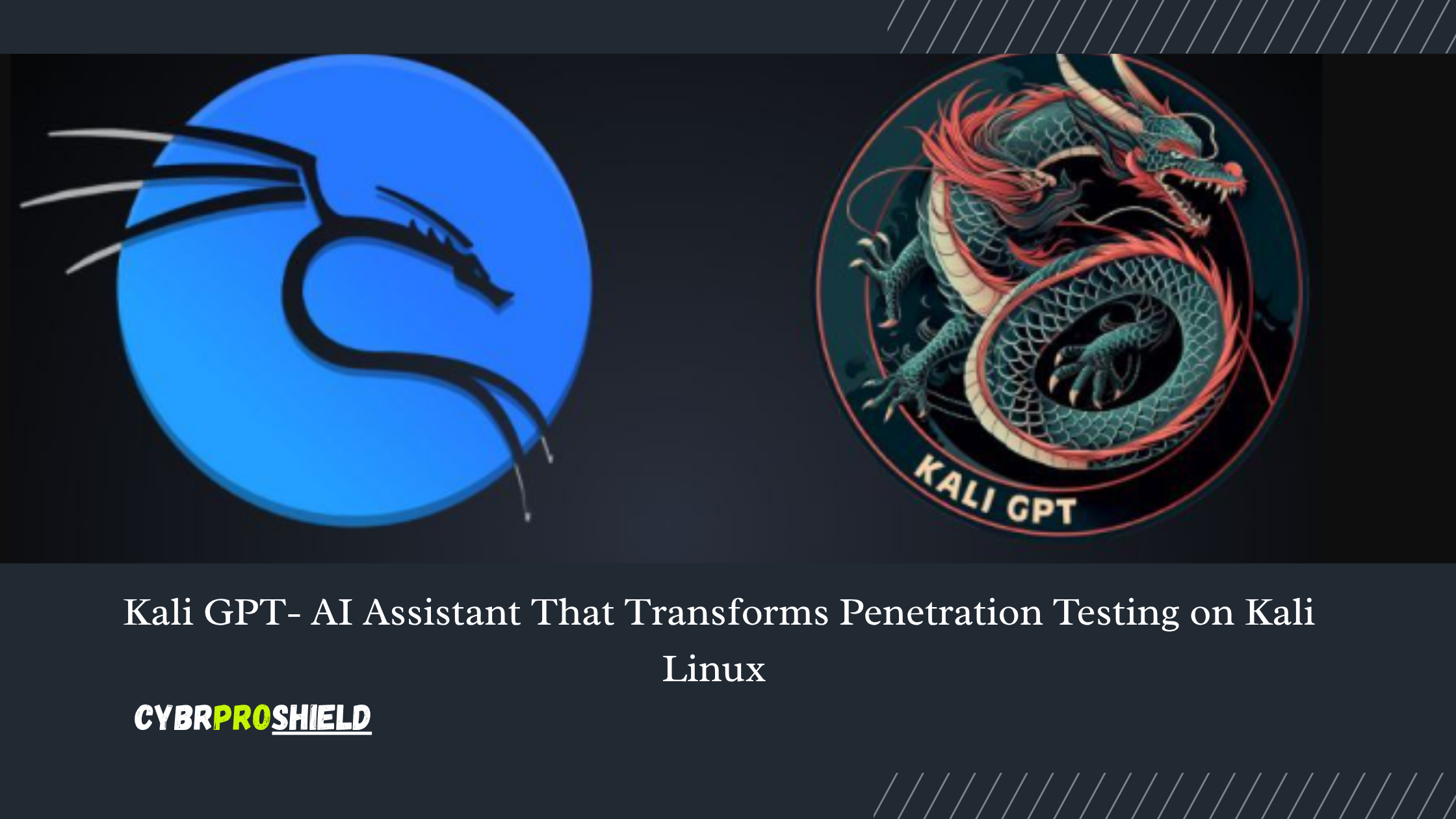What is Apache Tomcat?
Apache Tomcat is an open-source web server and servlet container widely used to deploy Java-based web applications. Managed by the Apache Software Foundation, it supports key Java specifications like Java Servlet, JavaServer Pages (JSP), and WebSocket.
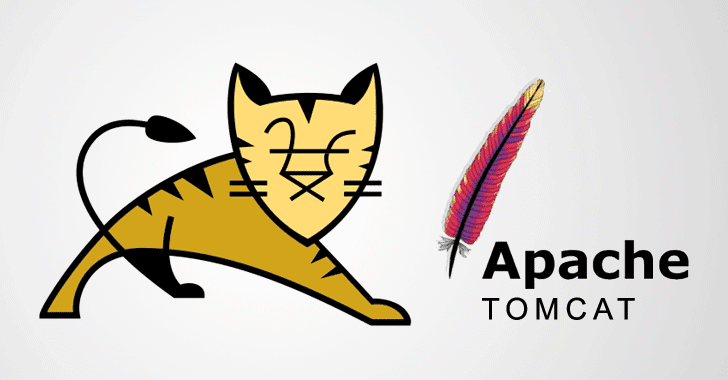
Importance in Web Infrastructure
Tomcat powers mission-critical web applications for businesses, government agencies, and cloud platforms. Its reliability, speed, and lightweight nature make it a preferred choice for enterprise environments.
Overview of the Recent Vulnerabilities
Authentication Bypass Flaws
Recent disclosures have revealed that attackers can exploit specific configuration oversights and bugs in Tomcat’s request parsing logic to bypass authentication mechanisms. These flaws are particularly dangerous as they can provide unauthorized access to protected resources.
Denial-of-Service (DoS) Risks
Another category of threat involves DoS vulnerabilities. By sending malformed or overly large HTTP requests, attackers can crash the Tomcat server or make it unresponsive, causing downtime for hosted applications.
CVE Identifiers and Severity Ratings
The vulnerabilities have been logged under several CVEs, such as:
- CVE-2024-23512 – Authentication Bypass
- CVE-2024-23517 – DoS Attack Vector
Severity ratings range from High to Critical, emphasizing the urgent need for mitigation.
Technical Breakdown of the Exploits
Vulnerable Versions
These vulnerabilities are present in Tomcat versions 9.0.x through 10.1.x, depending on the specific CVE. Older unpatched systems are most at risk.
Attack Vectors
- Authentication bypass: Crafted HTTP requests exploiting misinterpretation in URI paths.
- DoS attacks: Excessive headers or malformed payloads triggering memory leaks or service hangs.
Proof-of-Concept Scenarios
Security researchers have demonstrated bypasses using tools like Burp Suite, showing how a simple malformed request can allow access to admin panels without valid credentials.
Impact on Systems and Organizations
Unauthorized Access Risks
A successful authentication bypass can lead to:
- Accessing sensitive admin consoles
- Altering configurations
- Installing malware
Downtime and Performance Issues
DoS attacks can lead to service interruptions, often requiring manual restarts or even full infrastructure overhauls in worst-case scenarios.
Potential Data Breaches
If attackers gain access to backend systems, data exfiltration becomes a real threat, with potential compliance violations and financial loss.
Real-World Exploitation Cases
Documented Incidents
Organizations using outdated versions have reported:
- Sudden unauthorized configuration changes
- Server resource exhaustion
- Repeated crash loops during peak traffic
Industry Sectors Affected
- Healthcare platforms
- Financial services
- E-commerce and SaaS providers
These sectors rely heavily on Java-based infrastructure and are prime targets for exploitation.
Mitigation and Security Patches
Available Fixes from Apache
Apache has released updated versions with patches for known vulnerabilities. Visit the official Apache Tomcat download page to access the latest secure releases.
How to Patch Safely
- Backup current configurations and deployments.
- Download patched binaries or source distributions.
- Test in staging environments.
- Roll out updates with minimal downtime.
Upgrading Best Practices
Always upgrade to the latest stable release and monitor the official changelog. Avoid skipping major versions without testing compatibility.
Long-Term Security Best Practices
Hardening Tomcat Configurations
- Disable unused connectors
- Enforce HTTPS
- Use strong authentication modules
Regular Vulnerability Scanning
Integrate tools like Nessus, OpenVAS, or Acunetix into your security pipeline.
Monitoring and Logging Setup
Set up real-time monitoring using:
- ELK Stack (Elasticsearch, Logstash, Kibana)
- Prometheus + Grafana
Developer and Administrator Responsibilities
Secure Code Deployment
Ensure all applications hosted on Tomcat follow OWASP security principles, especially input validation and authentication controls.
Patch Management Schedules
Establish monthly patch cycles and automate vulnerability scanning with CI/CD tools such as Jenkins or GitHub Actions.
How Organizations Can Prepare for Future Vulnerabilities
Implementing a Response Plan
Every organization should have an incident response strategy:
- Identify
- Contain
- Eradicate
- Recover
Cybersecurity Awareness Programs
Train your IT and development staff regularly on security threats specific to Java servers and middleware platforms like Tomcat.
Tools to Detect Apache Tomcat Vulnerabilities
Open-Source and Commercial Scanners
- Nikto
- OWASP ZAP
- Rapid7 InsightVM
Continuous Integration Tools
Integrate SAST/DAST tools in pipelines to catch issues before deployment.
Regulatory and Compliance Considerations
GDPR, HIPAA, and Other Regulations
A vulnerability leading to unauthorized access can constitute a data breach, with serious fines for non-compliance.
Reporting Requirements
Notify stakeholders and regulatory bodies as required within timelines outlined by applicable laws.
Expert Community Insights
What Security Researchers Say
The infosec community emphasizes that configuration hygiene is just as crucial as patching. Even a fully patched Tomcat instance can be vulnerable if misconfigured.
Analyst Predictions on Future Threats
As microservices and containerization grow, attacks targeting lightweight servers like Tomcat are expected to rise.
FAQs on Apache Tomcat Vulnerabilities
What are common signs of exploitation?
Unusual logins, increased CPU usage, and random server crashes.
Is my current version safe?
Check your version against the Apache Tomcat changelog. Anything before 10.1.15 (example) may be vulnerable.
How do I perform a secure upgrade?
Backup, test the new version in staging, then roll out with rollback options.
Can these vulnerabilities be remotely exploited?
Yes, especially the authentication bypass if the server is internet-facing.
What are the business implications of a breach?
Reputation damage, downtime costs, regulatory fines, and legal liabilities.
Should I consider switching servers?
Not necessarily. With proper patching and configuration, Tomcat remains a secure option.
Conclusion and Action Checklist
Summary of Threats
The fact that Apache Tomcat vulnerabilities allow authentication bypass and DoS attacks is a wake-up call. These risks affect confidentiality, integrity, and availability.
Immediate Steps to Take Today
- Upgrade to the latest patched version
- Harden your configuration
- Monitor traffic and logs
- Educate your teams
- Run a vulnerability scan now
